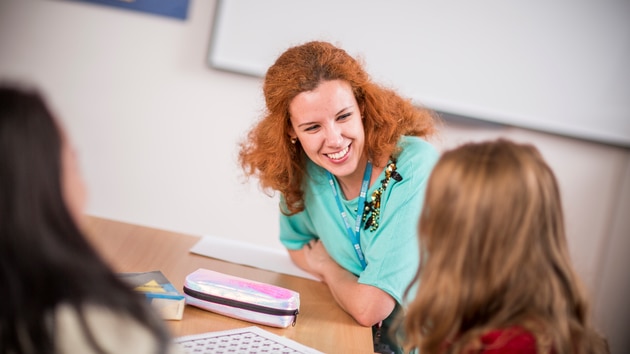Non-verbal Communication
The term non-verbal communication refers to messages we send that communicate our ideas, thoughts, and feelings without using words. In addition to understanding how your own non-verbal communication may be sending particular messages to residents, you should also understand how people use non-verbal communication to express their ideas, thoughts, and feelings.

There are several ways to communicate non-verbally:
Body language
A person’s body language is determined by their posture. A slouching posture and folded arms, for instance, can indicate defensiveness or disinterest. Eye contact may also be involved.
Expressions on the face
A smile when happy, a grimace when in pain, and a cry when upset are all examples of smiling.
Gestures
The majority of people will interpret certain gestures as communicating the same meaning, for instance a wave as a greeting or a goodbye, a thumbs-up as a positive expression, and a thumbs-down as a negative expression.
The tone of voice
You can tell a lot about a person’s mood by their tone of voice. Anger, upset, or excitement can cause people to raise their voices.
Contact or Physical touch
Touching someone physically, such as placing your hand on their hand or arm, can convey feelings of affection and care. When it comes to physical touch, it is important to be careful, as there are some people who prefer not to be touched. It is also important to keep in mind the context in which you are working – placing an arm around a child in an upset state may be appropriate and soothing for them, while doing the same for a teenager or young adult might be intimidating and seen as sexually inappropriate.
Sign language
Patients who are deaf use sign language as a mode of interaction. The use of gestures, facial expressions, and body language to communicate is a visual mode of communication using gestures, facial expressions, and body language. The use of sign language is possible with the assistance of sign language interpreters.
Makaton
Signs, symbols, and speech combine to make up Makaton, a visual language program. In addition to giving users a variety of options for communicating, it also gives them options on how to communicate. Children and adults with learning disabilities often use it.
Pictures
A picture can be used to communicate or aid communication. For instance, an X-ray can be used to communicate that a hip replacement is needed.
Objects
The same applies to objects for communicating or aiding communication, for example, a model of a body part.